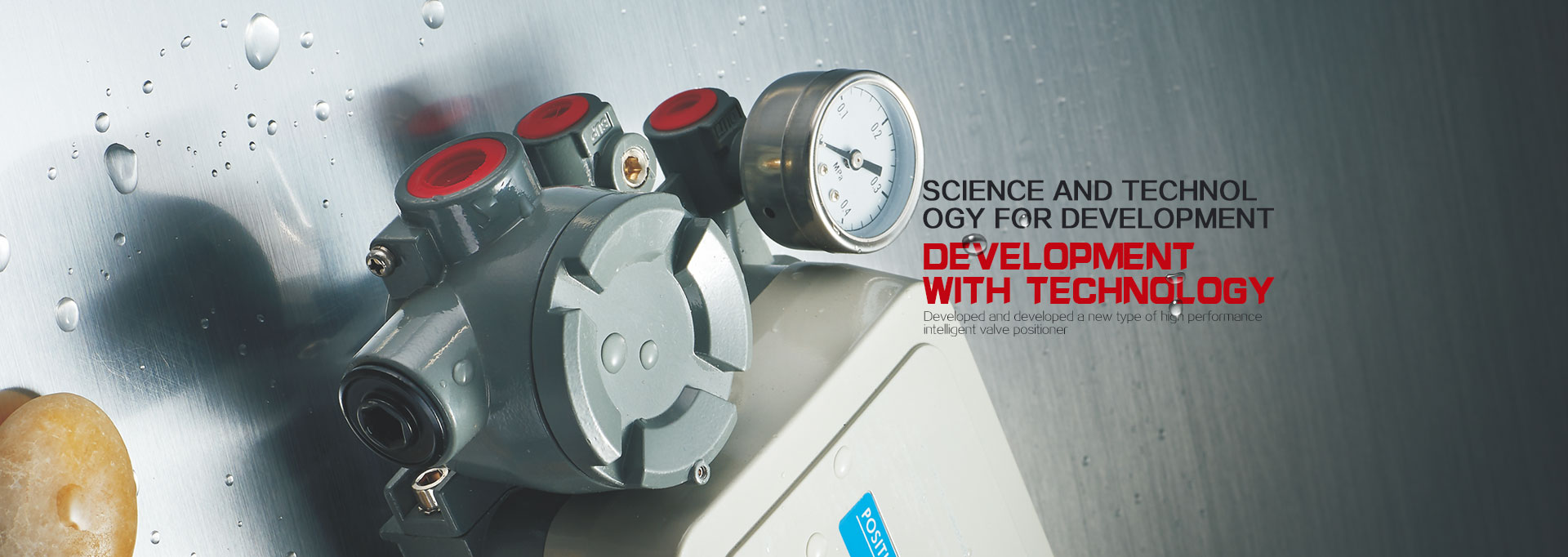Can stainless steel valves also rust?
For stainless steel, it is generally considered that it is not easy to rust, but in fact, stainless steel can also rust. The rust resistance and corrosion resistance of stainless steel are due to the formation of a chromium rich oxide film (passivation film) on its surface. This rust resistance and corrosion resistance are relative.
The test shows that the corrosion resistance of steel in weak media such as atmosphere and water, as well as in oxidizing media such as nitric acid, increases with the increase of chromium content in the steel. When the chromium content reaches a certain percentage, the corrosion resistance of steel undergoes a sudden change, that is, from being easy to rust to not easy to rust, and from being resistant to corrosion.
To detect whether stainless steel valves can rust, you can first place the same valve in different environments for verification and comparison.
Generally, if a stainless steel valve is placed in a relatively dry environment, after a long time, the valve is not only intact as new, but also free from rust.
If the valve is placed in seawater containing a large amount of salt, it will rust within a few days. Therefore, the corrosion resistance and stainless steel performance of stainless steel valves also need to be measured based on the environment.
"From the perspective of the inherent characteristics of stainless steel valves, the reason why they are not rusty is that there is a layer of chromium rich oxide film on their surface to prevent external particles such as oxygen atoms from causing damage to objects, thereby making the valves have the characteristics of being rust resistant. However, when this film is damaged by environmental factors, it will enter with oxygen atoms and dissociate with iron ions, causing stainless steel valves to rust.".
There are many reasons for stainless steel valve rust, such as electrochemical reactions between the film and other metal element particles or dust, and the formation of a micro battery cycle using moist air as a medium, causing rust on the stainless steel surface.
Another example is the corrosion caused by the stainless steel surface facial mask directly contacting with strong acid, strong alkali and other corrosive liquids. Therefore, in order to prevent stainless steel valves from rusting, attention should also be paid to the cleanliness of objects in daily use to keep the surface of the valve clean.
So, if stainless steel valves get rusty, how can users solve this problem?
1、 It is necessary to regularly clean and scrub the surface of stainless steel valves to remove attachments and eliminate external factors that cause corrosion.
2、 In coastal areas, 316 stainless steel should be used because it can resist the corrosion of seawater.
3、 Some stainless steel pipes on the market have chemical compositions that do not meet the corresponding national standards and cannot meet the material requirements of 304, which can also cause rust.
Rust on stainless steel valves is only a rare occurrence. Generally, safety valves made of stainless steel have higher safety than other materials. Therefore, valves made of this material are very common in some hazardous media environments and are key to ensuring their performance.
In addition, stainless steel valves often come into contact with some liquid media, and the environment they are exposed to is often humid. The rust resistance advantage of this type of valve has become a major advantage, greatly extending the service life of this type of valve, and eliminating the improper impact of possible rust problems.







